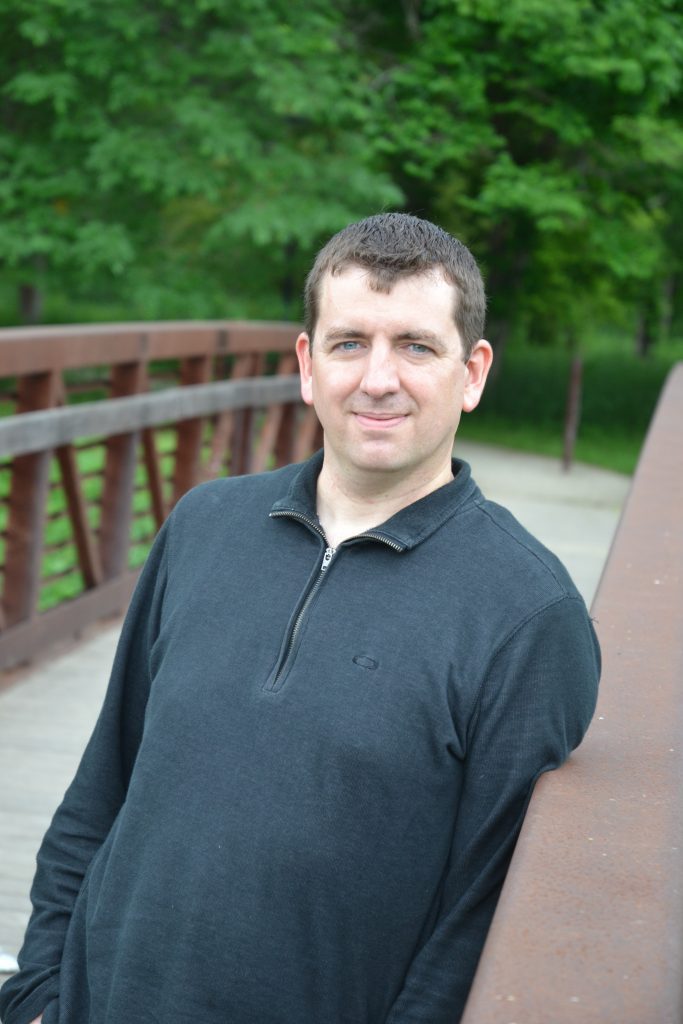 By Andy Sahl
By Andy Sahl
Continuing education types of gatherings must walk a fine line for me. If the ideas presented are purely practical, I get the sense of “been there, done that, didn’t learn much.” If the pendulum swings too fart to the theoretical or abstract ideas, I leave feeling like the presenters didn’t really speak to those of us in the trenches.
At our most recent First Third Dialogue, Why Can’t Church be More Like Camp, our presenters navigated the abstract/concrete balance quite well. Some great theory/theology was presented and then backed with some concrete practices.
Several of the more concrete ideas really struck me as things that camps do really well and can easily be replicated by the church.
Apprenticeship is the primary pedagogy
Camps seem to actually believe in the Priesthood of All Believers. College kids are mentored and trained and then given significant responsibility (the lives of hundreds of kids). A significant amount of resources (two weeks of time and salary in many cases, that’s 20%) is spent on the training of camp staff, who then spend the entire summer in relationship with young people under their care. Camps cannot do camp any other way than to develop lay leadership, and (NEWS TO CHURCHES) neither can churches.
Hospitality and Orthopraxy come before membership and orthodoxy
To borrow from a number of authors, instead of the tradition of Believe, behave, belong camps practice Belong, Behave, Believe. If you are at camp, you are part of us. It all starts with belonging, and camps spend time thinking through first impressions and helping people feel comfortable as they physically and spiritually enter a new place.
Camp is Active
Camp offers a number of side by side activities and very active and physical activities. Many churches (and youth ministries) spend a lot of time circled up and talking. I personally love circling up and processing, but that practice does not work well for many people (especially males, at least anecdotally). At the very least, many people of this personality type are much more open with each other after they’ve had the opportunity to do physical activities side by side together.
Camp Has and Expectation that You Will Contribute
Young people that go to camp will learn to wipe down tables, read scripture in front of others, and likely do a service project for the camp. Many churches have this expectation, but many have forgotten it. Many parents are amazed when they visit camp that their kids tell stories of setting the table or acting in a skit. Churches can build a culture of expecting a contribution in every way from their people.
There’s nothing like leaving a conference with an excitement for a few new ideas. Taking lay leadership seriously is the nugget I left this conference with that I will try to implement is spending 20% of my resources, (time and money) developing leaders. No small task.
How about you? What concrete practice that camps do well is striking you as something you can implement?
Join the conversation on Facebook.com/FirstThird!
 Andy Sahl is the Director of Youth Ministry at Saint Michael and All Angles Episcopal Church in Dallas Texas and has been serving in youth ministry for 15 years. Andy is passionate about developing authentic community and families through the ministries he helps lead. You can often find Andy out for a run with his dog Charles, sharing a cup of coffee with a friend at a local café, or at a favorite restaurant with his family. You can follow him on Twitter @andysahl.
Andy Sahl is the Director of Youth Ministry at Saint Michael and All Angles Episcopal Church in Dallas Texas and has been serving in youth ministry for 15 years. Andy is passionate about developing authentic community and families through the ministries he helps lead. You can often find Andy out for a run with his dog Charles, sharing a cup of coffee with a friend at a local café, or at a favorite restaurant with his family. You can follow him on Twitter @andysahl.

